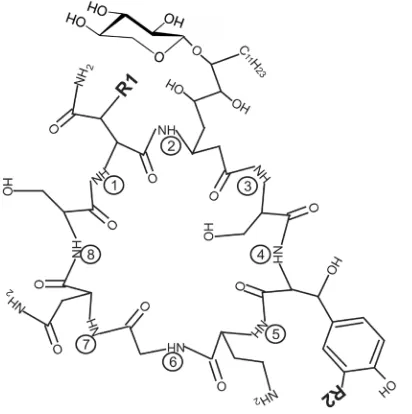Toxicological Evaluation of Occidiofungin against Mice and Human Cancer Cell Lines
Full text
Figure



Related documents
19% serve a county. Fourteen per cent of the centers provide service for adjoining states in addition to the states in which they are located; usually these adjoining states have
Background: Councils of Chiropractic Education (CCE) indirectly influence patient care and safety through their role of ensuring the standards of training delivered by
It was decided that with the presence of such significant red flag signs that she should undergo advanced imaging, in this case an MRI, that revealed an underlying malignancy, which
Also, both diabetic groups there were a positive immunoreactivity of the photoreceptor inner segment, and this was also seen among control ani- mals treated with a
We couldn’t start with Valentine’s entrance (scene 14) as it looked out the door. Instead, we shot Zia’s appearance first. The first shot of the day proved to be more difficult than
Twenty-five percent of our respondents listed unilateral hearing loss as an indication for BAHA im- plantation, and only 17% routinely offered this treatment to children with
Twenty studies (48.8%) reported the length of time from admission to delayed laparotomy in patients that failed SNOM. 2 Pooled risk of failure in civilians undergoing
Before 2009 the treatment protocol of hemodynamically unstable patients with pelvic fracture consisted of: (a) temporary circumferential compression using a pelvic orthotic